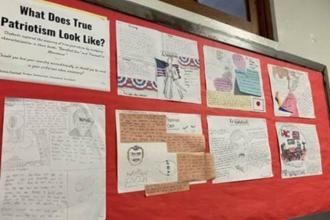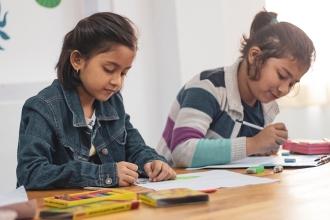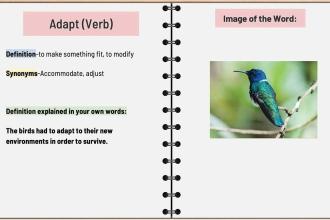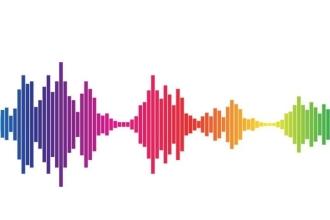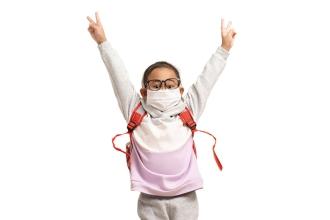Teacher To Teacher
Teaching the novel in an ENL class
Here are a few practices to ensure that all students in an ENL class are engaged, challenged and able to facilitate meaningful discussions with each other when studying a novel unit.
Inspiring students to write their stories
My students can express their voices through journal writing, poetry and narrative story writing. I want my students to know their stories don’t have to be confined to their hearts.
Developing academic vocabulary
Knowledge of advanced academic vocabulary makes it possible for students to engage with, produce and talk about texts valued in the classroom. But how do we develop our students’ academic language in meaningful ways?
How to improve writing in any subject
Here are some best practices that secondary school teachers can use to improve writing in any subject.
Music production hits the right notes
Whether it’s recording a live instrument, working with pre-recorded sounds, sound designing, DJing or remixing, music production is a great way to engage secondary school students in learning.
Incorporating movement into learning
Teaching elementary school students while they are up on their feet gives them the opportunity to allow their bodies and minds to work together.
